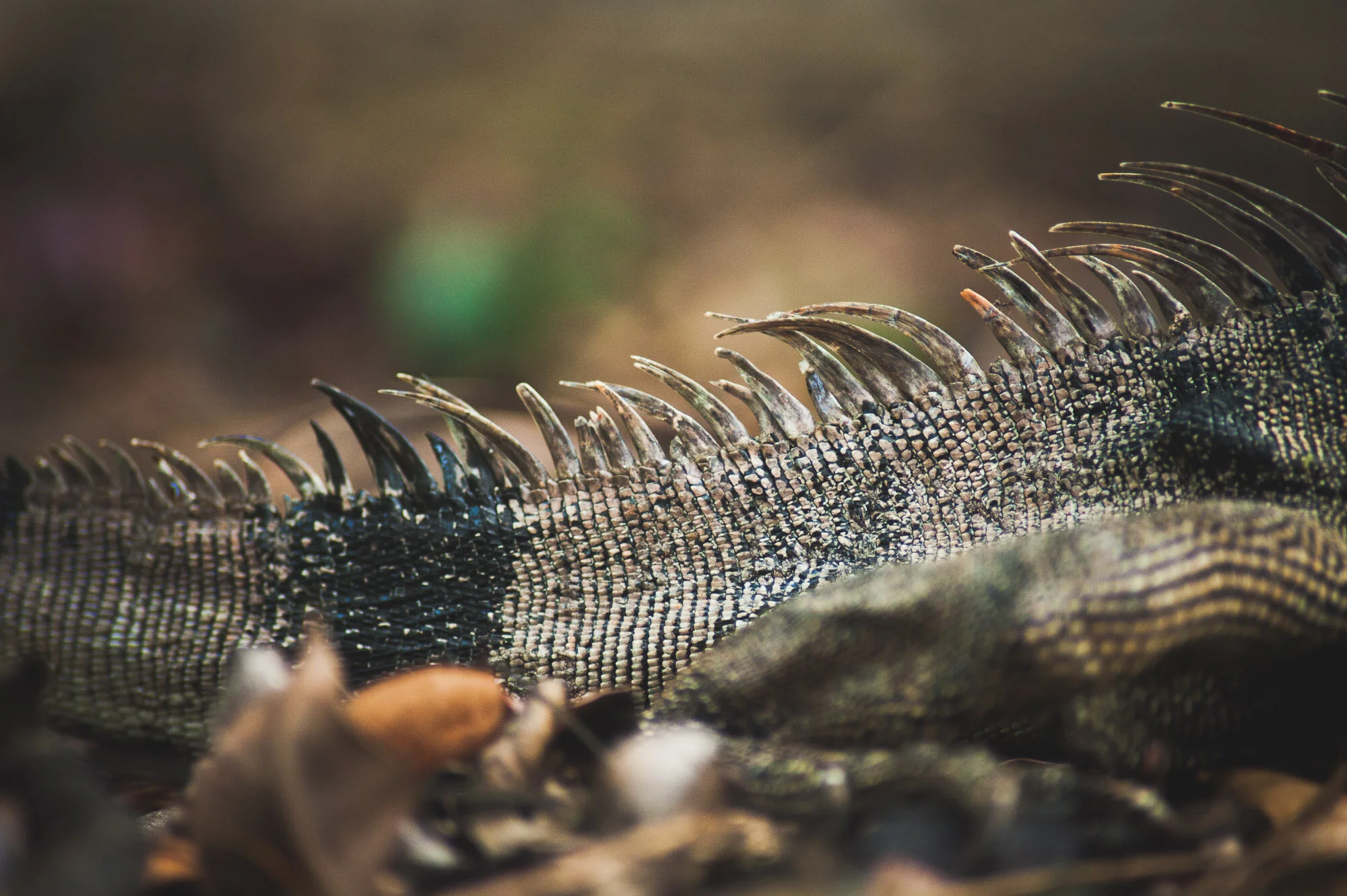In this post, I’ll be sharing a bit more about my background in science prior to photography and I’ve fished out a bunch of photos from my past for the occasion!
10 years ago, during my undergrad in biology at McGill, I took part in a field semester in Panama. When I graduated the following year, I had my first major fork-in-the-road-moment: continue in biology or try out photography?
At that time, I was obsessed with photography already, I was doing favours for friends and family, and I was even starting to get commissions. I decided then that I wasn’t ready to make the leap, and this coincided with me getting a great opportunity to do a master’s degree that would bring me back to Panama to study electric fishes.
I said yes to the fish, partly because I was scared of making the leap to photography and didn’t feel ready yet, but also because I was fascinated by these electric fish and loved biology, as I still do.
We all know electric eels—the large snake-like fish infamous for killing prey with high-voltage electric shocks. I was studying one of their lesser-known cousins, a much smaller weakly electric fish called the blunt-nosed knifefish (Brachyhypopomus occidentalis).
If you put your hand in the water next to a weakly electric fish, you won’t feel a thing. But their electric fields aren’t there to shock you. They’re used first as a navigation tool. These fish constantly produce electric signals that form a field around them. Picture a kind of bubble of electric signals surrounding them. While they’re producing this electric field, they’re sensing all the little distortions in their electric signals from objects in the way. They’ll sense the presence of rocks, other fish, or food items. Just like how bats rely on echolocation to sense their environment, these electric fish don’t rely much on their sight, but use their electricity to “see” instead.
My favourite part about these signals is this: each species of electric fish has its own kind of electric signal. So when I was out in the rivers of Panama, I carried a little electrode that I plugged into a speaker.
Here’s my supervisor Rudiger Krahe throwing the red electrode in the water, listening to the speaker by his ear. If there’s an electric fish nearby, we’ll hear it. A black ghost knifefish? A glass knifefish? A blunt-nosed knifefish? We’ll know the species from its signal immediately. Some sound like a high-pitched continuous tone. Others, like my B. occidentalis, produce a series of rapid pulses that sound like a low-frequency insect buzz. Even within a species, there’s variation in the signal. So depending on the kind of buzzing, I could tell from the frequency whether it was more likely a large male or a small juvenile.
That’s me, photographed by my labmate Sophie Picq, when she was teaching me how to catch these fish.
I might do a post one day about what I did specifically for my thesis.
My fondest memories in Panama are those magical moments in the water. You wade in after a hot day, feeling the cool water on your legs and the slick mud under your feet. Full of anticipation, you cast the electrode in the water, and in that moment, there’s no stress, no deadlines, no logistics or permits or personnel to deal with, just you and, if you’re lucky, an electric fish that signals back to you.
Photo taken by my supervisor Rudiger Krahe during my first field trip.
One day in the lab, despite still very much enjoying science, I made the decision that after graduating, I’d try out the other path in that fork I had encountered earlier. I graduated, nervously declared myself a full-time photographer, and I’ve been doing that ever since. Although I had initially put science aside, in recent years, I’ve looped back and decided to dedicate my personal photography projects to support scientists and to document the important work that they do. As some of you may know, I have a second website for that endeavour—alextran.ca. I realized the potential for my photography to become a tool for science communication and my hope is to continue to champion scientists with my photography. I essentially found my way out of having to choose between those two paths in the road.
Thanks for reading!











